When it comes to survival, some animals turn the wilderness into their own personal stage, with hunting techniques so unexpected they might as well be from a sci-fi movie. From unsettling decoys to strategies that challenge what we think about predators, these creatures take “playing with your food” to an entirely new level. Let’s dive into the wild world of bizarre and utterly fascinating hunting tactics.
1. Bolas Spiders Mimic Moths for Dinner
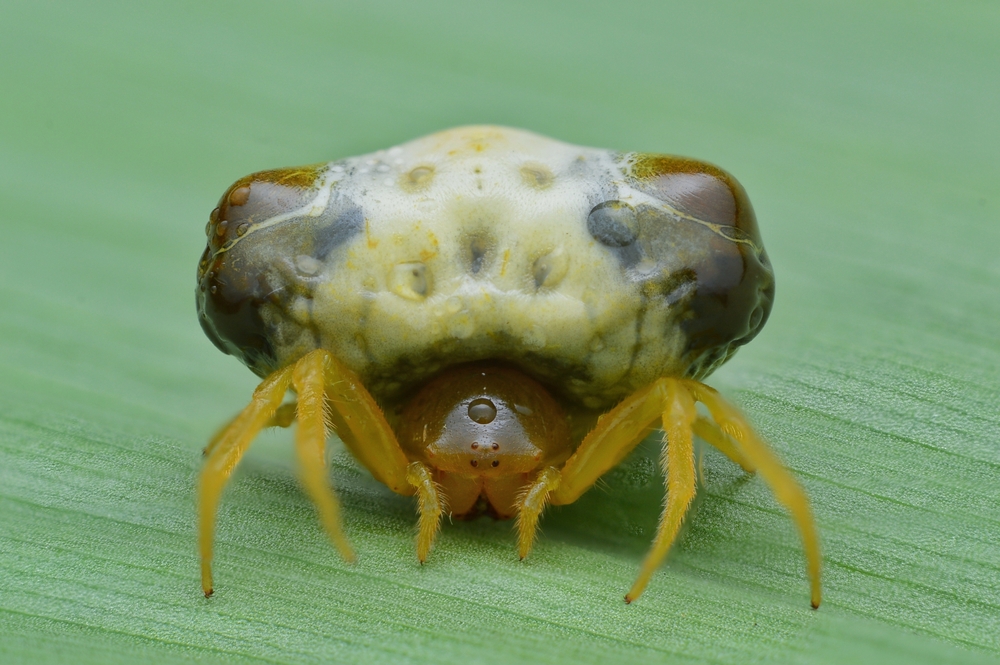
Bolas spiders have a flair for the dramatic—and an appetite for moths. These spiders create a sticky silk ball on the end of a thread and swing it like a cowboy’s lasso to snatch prey mid-flight. As if that isn’t crafty enough, they also mimic the pheromones of female moths to lure unsuspecting males directly into their trap. It’s not just hunting—it’s deceptive art.
2. Killer Whales Play With Their Food

Orcas, the apex predators of the ocean, hunt with chilling precision and a sense of play. They’ve been known to beach themselves temporarily to snatch seals from the shore, an audacious tactic that requires incredible skill. They also toss prey into the air, seemingly to practice or communicate with their pod. It’s equal parts eerie and mesmerizing to watch them turn hunting into a social strategy.
3. Archerfish Snipers Shoot Down Insects
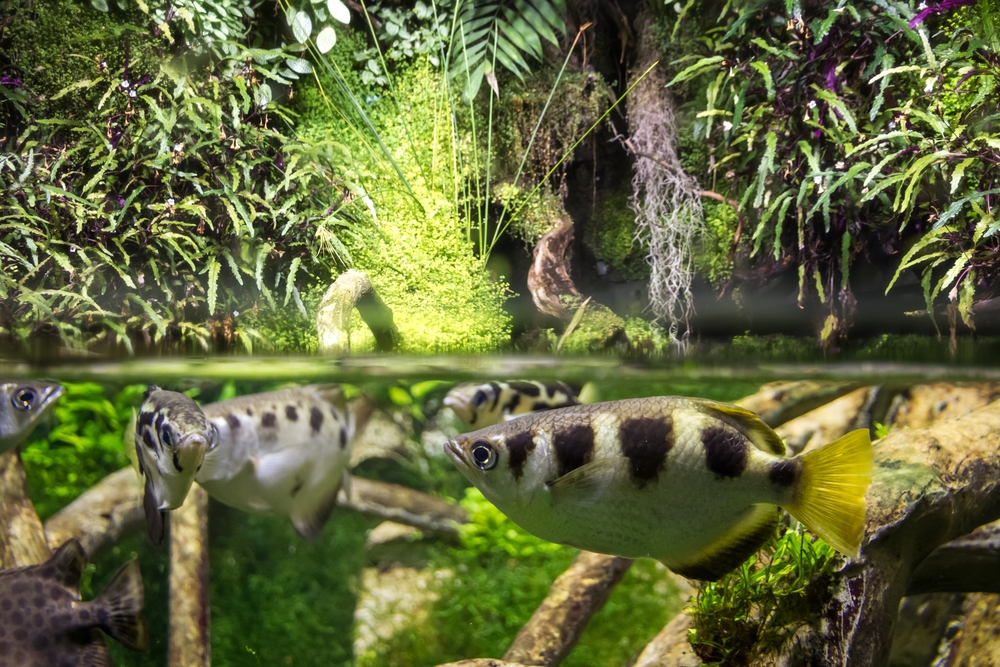
Archerfish have taken the phrase “shooting your shot” quite literally. These freshwater sharpshooters spit powerful jets of water to knock unsuspecting insects off branches and into the water. Their accuracy is jaw-dropping—they can adjust for light refraction, hitting targets with sniper-like precision. Watching them in action feels more like witnessing a carefully calculated science experiment than a simple meal prep.
4. Cuttlefish Hypnotize Their Prey
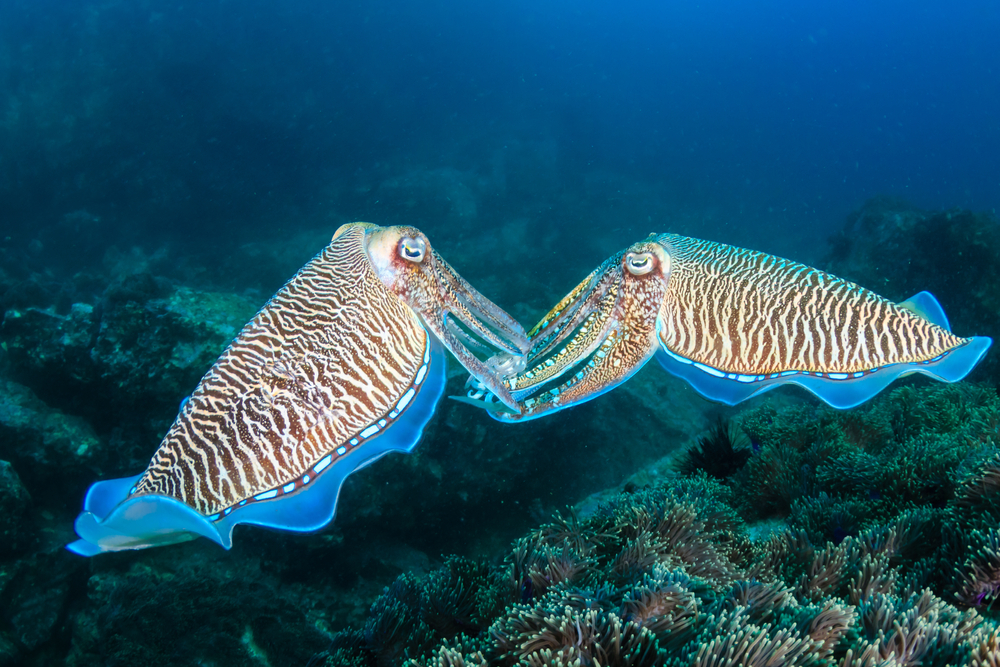
Cuttlefish may be masters of disguise, but they also double as hypnotists in the underwater world. Using rapid, pulsating color changes on their skin, they entrance their prey—like crabs—into a trance-like state. By the time the victim realizes something is off, it’s already too late. It’s predation with a touch of psychological manipulation, proving cuttlefish are equal parts brain and brawn.
5. Trapdoor Spiders Set Ambushes

Trapdoor spiders have weaponized patience. Hidden beneath a meticulously crafted trapdoor of silk and soil, they wait for unsuspecting prey to walk by. When the moment is right, they burst from their burrow with shocking speed, grabbing their victim before retreating underground. It’s like a horror movie jump scare, but the execution is all too real for their prey.
6. Frogfish Fake It Till They Eat It
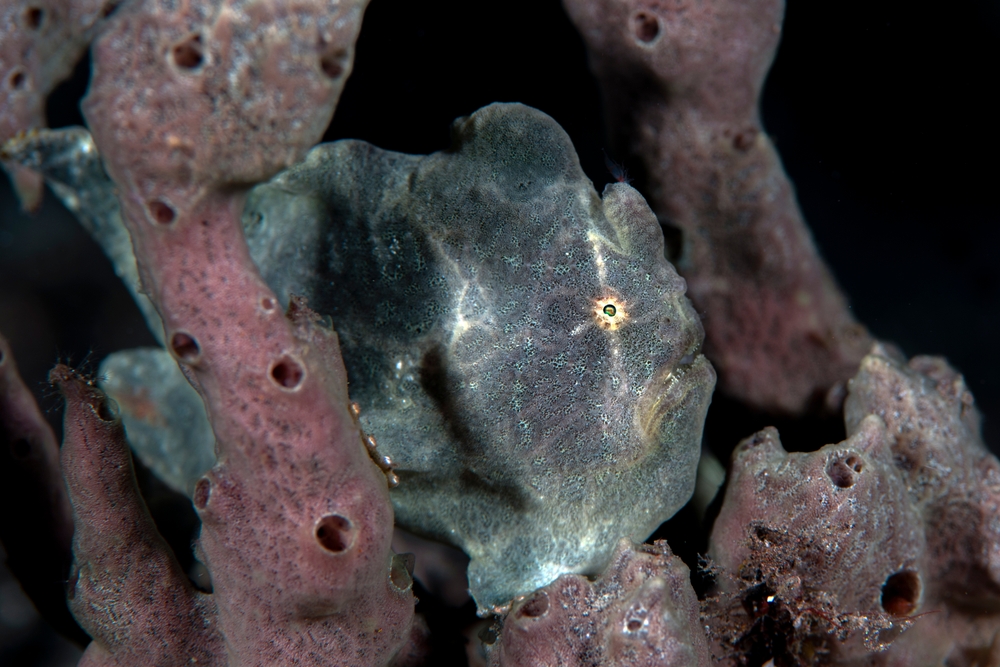
Frogfish are the catfish of the ocean—literally. With a modified fin that acts as a lure, they dangle it like bait to draw in curious prey. Once close enough, the frogfish’s massive mouth engulfs its victim in a blink—faster than the human eye can register. Their hunting is a mix of deception and speed, a reminder that not everything is as innocent as it seems underwater.
7. Antlion Larvae Create Death Traps
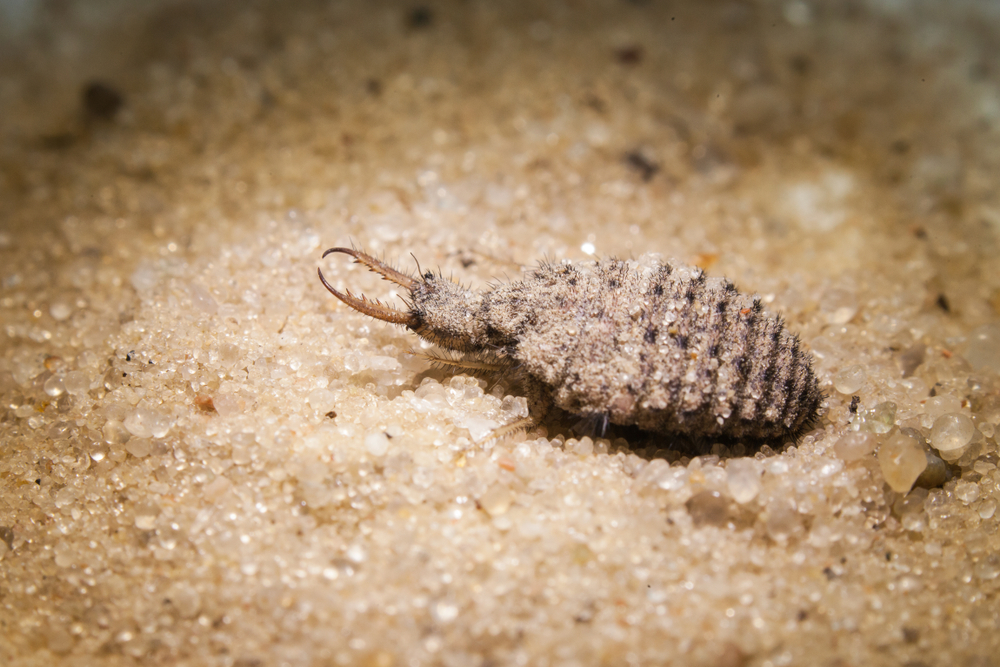
Antlion larvae take the idea of a sand trap to lethal extremes. They dig conical pits in loose soil and hide at the bottom, waiting for an unsuspecting ant to slip in. As the ant struggles to climb out, the larvae flick sand at it, ensuring it slides deeper into the pit before being devoured. It’s a cruel game of physics and hunger, one the antlion always wins.
8. Alligator Snapping Turtles Use Tongue Lures

Alligator snapping turtles are the ultimate masters of deception. They use a worm-like appendage on their tongue to lure curious fish directly into their open jaws. The turtle lies perfectly still on the riverbed with its mouth wide open, waiting for a fish to mistake the “worm” for a snack. When the fish takes the bait, the turtle’s jaws snap shut with lightning speed. It’s a slow-motion trap with a devastatingly fast ending.
9. Velvet Worms Glue Their Prey in Place
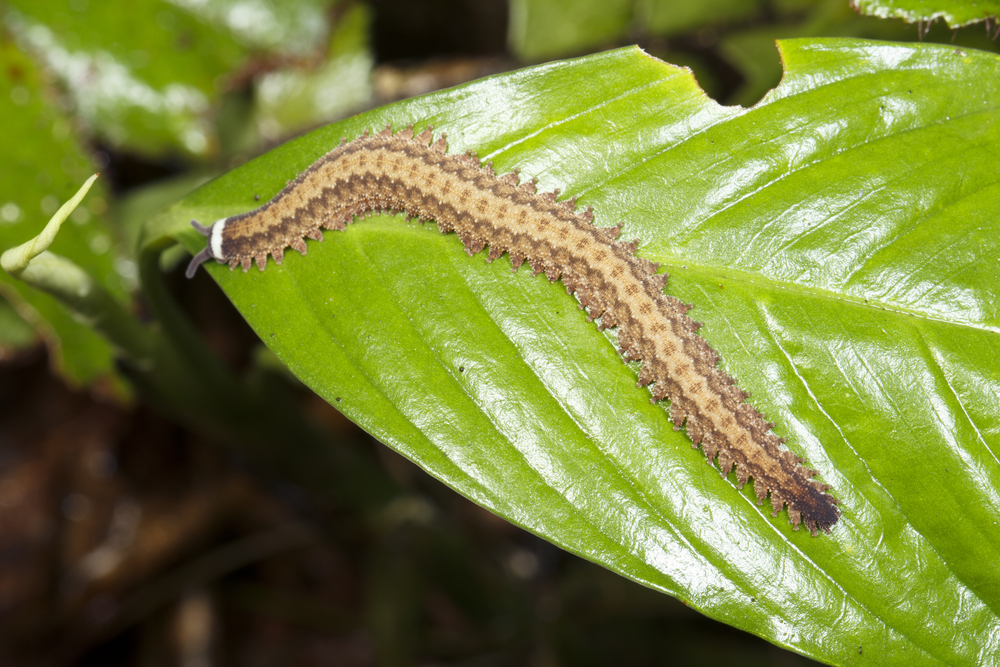
Velvet worms may look unassuming, but their hunting method is as bizarre as it is effective. These terrestrial predators spray a sticky, glue-like substance from their heads to immobilize prey like insects and small invertebrates. Once the victim is stuck, the velvet worm takes its time consuming its meal. This unique, sci-fi-worthy technique is both messy and highly efficient, ensuring the velvet worm always has a firm grip on dinner.
